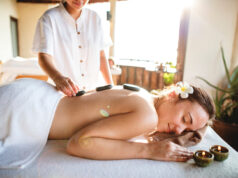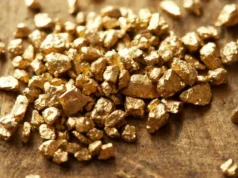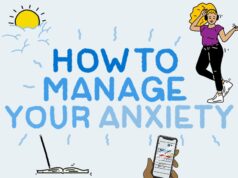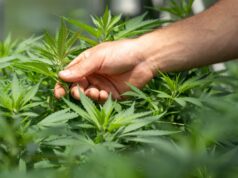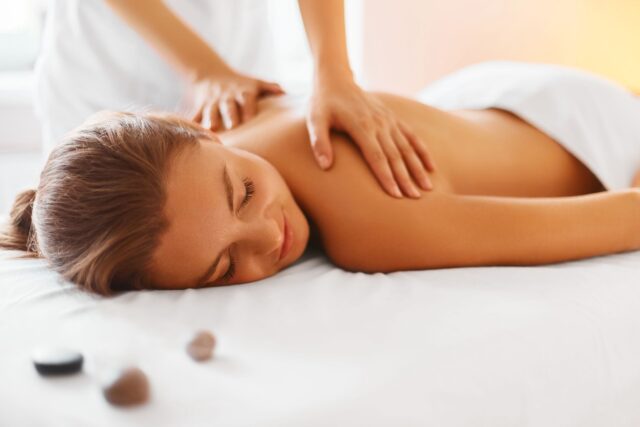
Anxiety is a prevalent mental health issue that affects millions of people worldwide.
Massage therapy is increasingly being recognized as a potential remedy for alleviating anxiety.
Scientific Evidence on Massage and Anxiety
Anxiety disorders encompass a range of conditions characterized by excessive fear and worry. Generalized anxiety disorder (GAD) involves persistent and excessive anxiety about various aspects of life.
Social anxiety disorder manifests as an intense fear of social situations, while specific phobias involve an irrational fear of particular objects or situations. Panic disorder is marked by sudden, intense episodes of fear accompanied by physical symptoms such as palpitations and dizziness.
The symptoms of anxiety can be both mental and physical, including restlessness, fatigue, concentration problems, muscle tension, and sleep disturbances. These symptoms can severely impact daily functioning and overall quality of life. Understanding the different types of anxiety disorders and their effects on the body and mind is crucial for recognizing how therapies like Yeosu massage (여수마사지) can help manage these conditions.
Numerous studies support the effectiveness of massage therapy in alleviating anxiety. For instance, a 2011 study found that therapeutic techniques significantly reduced symptoms of generalized disorder. Participants reported decreased anxiety levels and improved mood after receiving regular sessions.
Research involving children and adolescents with severe mental illness also demonstrates the benefits of therapy. These studies show that regular massages can lead to significant reductions in anxiety symptoms, contributing to better overall mental health.
Mechanisms of How Therapy Helps with Anxiety
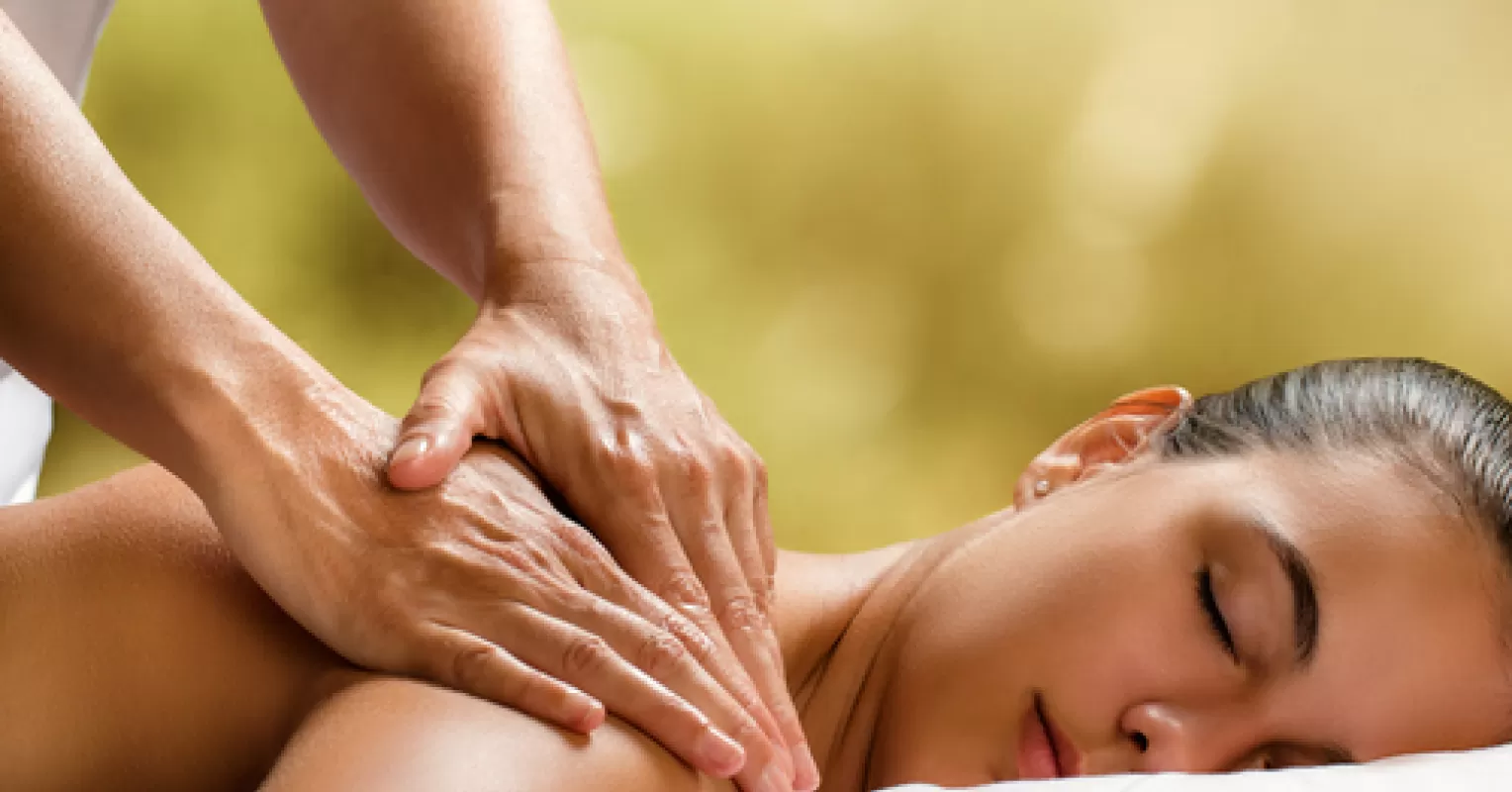
Massage therapy helps alleviate anxiety through several mechanisms. One key effect is the reduction of cortisol levels, a stress hormone that, when elevated, can contribute to anxiety. Cortisol is produced by the adrenal glands in response to stress, and high levels of this hormone can lead to increased heart rate, blood pressure, and a state of heightened alertness, which are common symptoms of anxiety.
By lowering cortisol levels, it helps to reduce these physiological stress responses, promoting a sense of calm and relaxation. Studies have shown that even a single massage session can result in significant reductions in cortisol levels, thereby alleviating anxiety.
This process promotes lymphatic drainage, which is the process by which the lymphatic system removes waste products and toxins from the body. The lymphatic system is a crucial part of the immune system, and its proper functioning is essential for maintaining overall health.
Through gentle, rhythmic strokes, therapy can stimulate the flow of lymph, helping to eliminate toxins and reduce inflammation. This detoxifying effect can lead to improved physical health and a greater sense of well-being, which in turn can reduce anxiety.
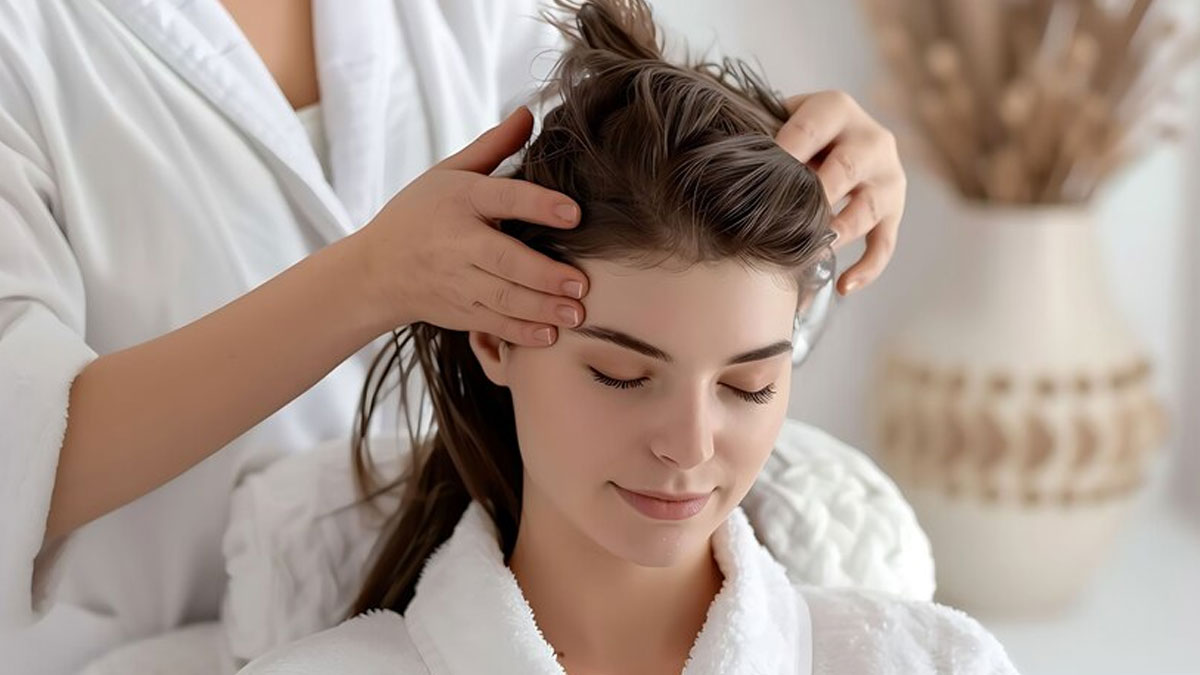
The physical relaxation induced by muscle therapy techniques also encourages mindfulness, a mental state characterized by being fully present and engaged in the current moment. Mindfulness has been shown to be highly effective in reducing anxiety, as it helps individuals to break the cycle of worry and rumination that often accompanies anxious thoughts.
During a session, the soothing touch and repetitive motions can help to quiet the mind and focus attention on the sensations of the body, fostering a state of mindfulness. This mental shift can significantly reduce anxious thoughts and feelings.
Furthermore, therapy enhances the production of serotonin and dopamine, neurotransmitters that play key roles in mood regulation. Increased levels of these “feel-good” chemicals can lead to improved mood and a reduction in anxiety symptoms.
The tactile stimulation activates the parasympathetic nervous system, which is responsible for the body’s rest-and-digest response. Activation of this system counteracts the fight-or-flight response triggered by stress, helping to lower heart rate and blood pressure, and inducing a state of deep relaxation.
Therapy can improve sleep quality, which is often disrupted in individuals with anxiety. Better sleep contributes to overall mental and physical health, making it easier to manage anxiety. Regular sessions can help establish a routine that promotes better sleep patterns and reduces insomnia.
Types of Massages Beneficial
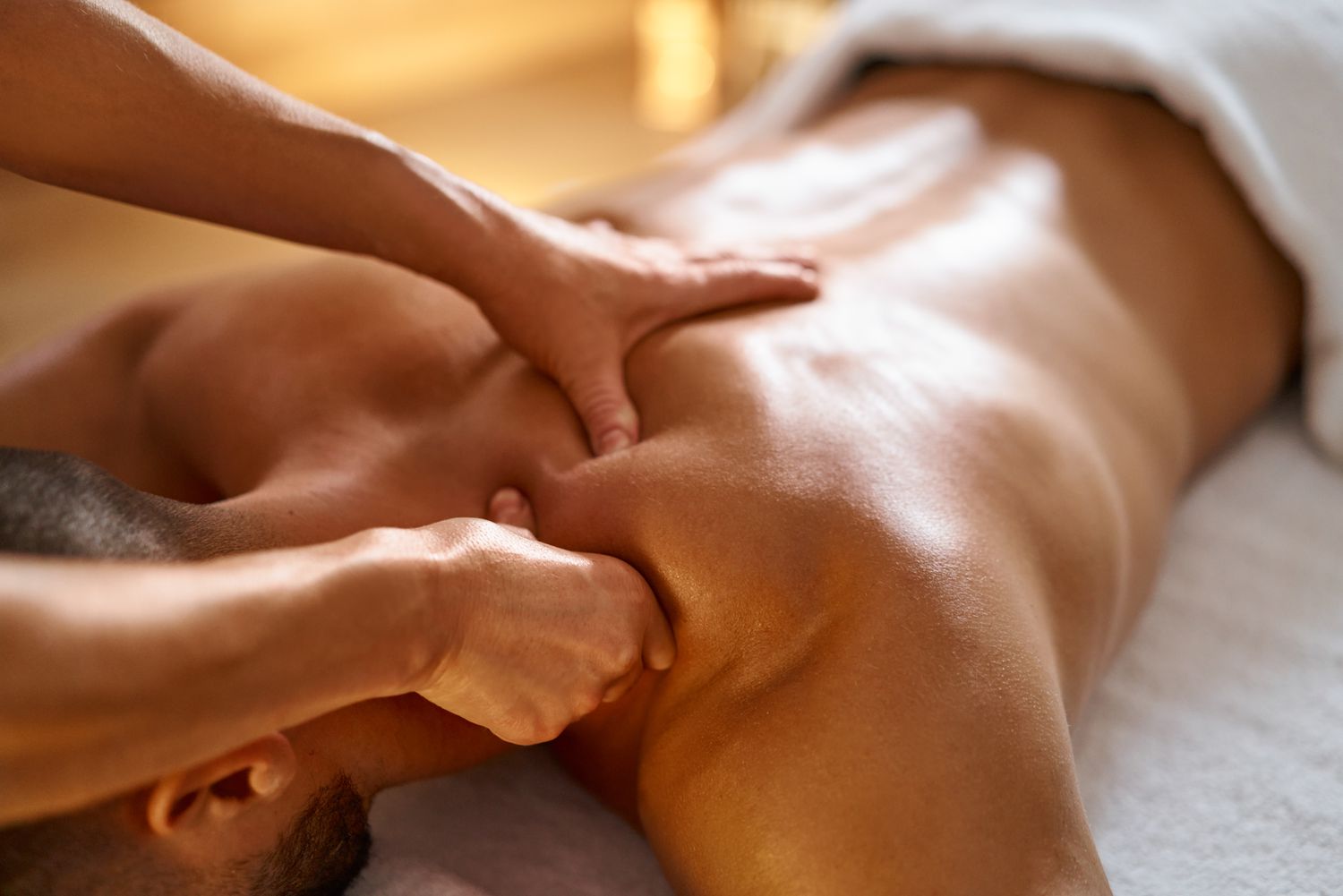
Various types of massages offer specific benefits for relief. Remedial therapy focuses on treating muscle pain and tension, which can contribute. Swedish massage involves long, flowing strokes that promote relaxation and improve circulation. Aromatherapy massage combines the benefits of touch with the calming effects of essential oils.
Shiatsu massage, a Japanese technique, applies pressure to specific points on the body to enhance energy flow and reduce stress. Thai methods involve stretching and deep pressure to improve flexibility and relieve tension. Chinese massage, such as Tui Na, uses rhythmic compression along energy channels to restore balance. Each of these techniques offer unique benefits for anxiety, providing options for personalized treatment.
Clinical Trials and Practical Applications
Clinical trials have shown that different types of massage can effectively reduce anxiety. For example, back massages, chair massages, sports massages, and Thai massages have all demonstrated positive outcomes in reducing stress levels. These studies often highlight the importance of regular sessions, with frequency and duration playing a crucial role in the effectiveness of the treatment.
Practical advice suggests that incorporating regular massages, such as weekly or bi-weekly sessions, can significantly help manage anxiety. The specific number and frequency of massages needed can vary based on individual needs and responses, but consistency is key to achieving lasting benefits.
Self-Massage Alternatives
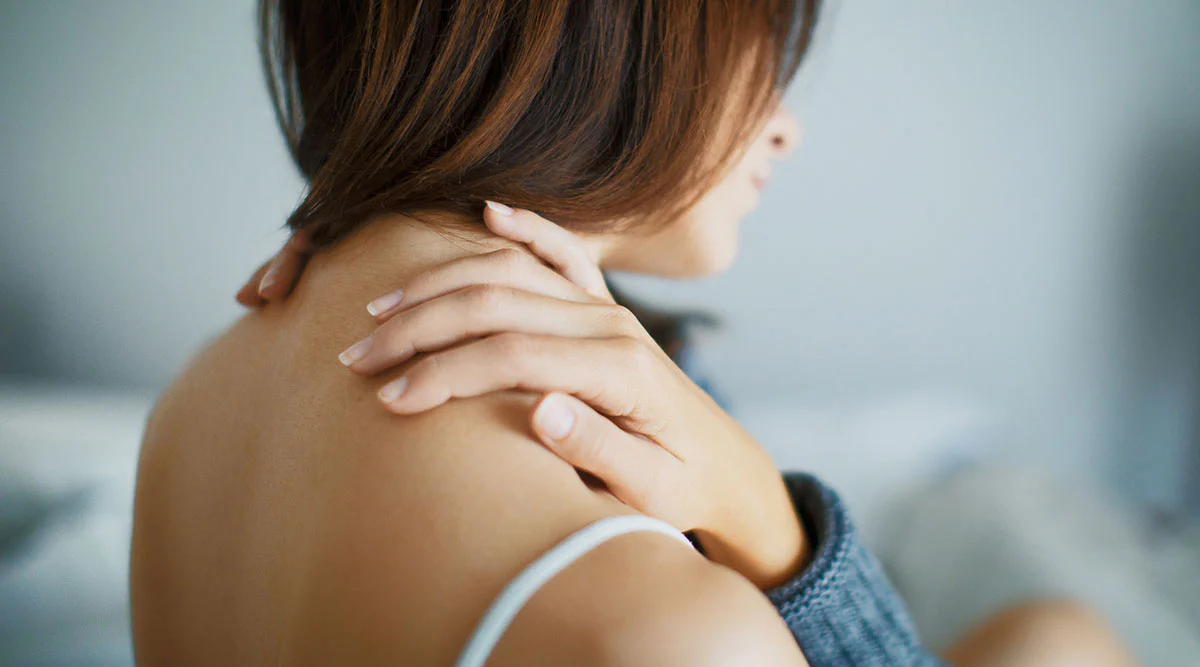
Self-massage techniques can also be effective in managing anxiety. Simple methods, such as using a tennis ball to therapy tense muscles or applying gentle pressure to specific points on the body, can provide relief. Massage cushions and vibration massagers offer convenient alternatives, allowing individuals to benefit from therapy at home.
When practicing self-massage, it is important to follow safety tips and recommendations. Avoid applying excessive pressure, and focus on areas that feel comfortable. Self-massage can be a valuable addition to a broader management plan, providing a flexible and accessible option for stress relief.
The Bottom Line
Therapy offers numerous benefits for anxiety management, including physical relaxation, reduced stress hormones, and enhanced mindfulness. Adding regular massages, into a holistic anxiety management plan can provide significant relief.
Choosing the right type of massage and establishing a consistent routine can help individuals effectively manage their anxiety and improve overall well-being.

